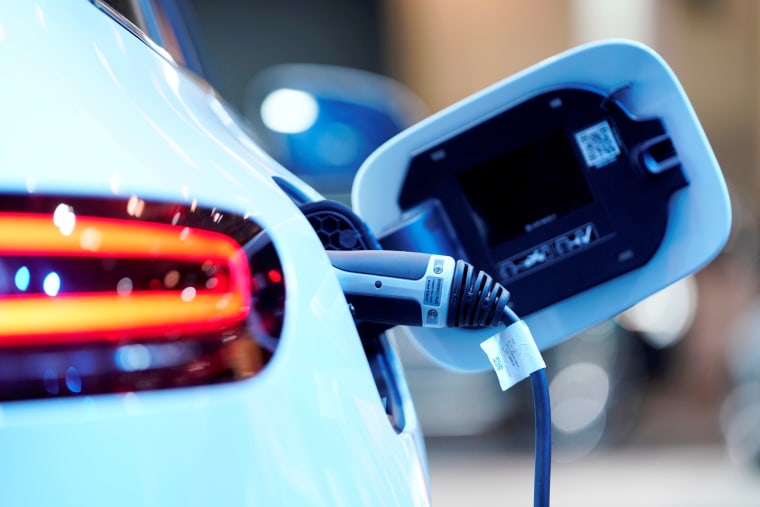After a series of incidents between emergency vehicles and Tesla models, US auto safety regulators began a formal safety investigation into Tesla Inc’s (TSLA.O) driving assistance system Autopilot on Monday.
According to the National Highway Traffic Safety Administration (NHTSA), Teslas “have encountered first responder scenes and subsequently hit one or more cars engaged with those incidents” in 11 collisions since January 2018.
The investigation will include 765,000 Autopilot-equipped vehicles manufactured in the United States since 2014. Tesla’s stock dropped 4.3 percent as a result of the announcement.
The National Highway Traffic Safety Administration (NHTSA), which had investigated Autopilot in 2017 and closed it without taking any action, has been chastised for failing to ensure the safety of the system, which handles some driving tasks and allows drivers to take their hands off the wheel for extended periods of time.
Following the latest investigation, the vehicle safety agency might choose to take no action or issue a recall, essentially limiting how, when, and where Autopilot can function.
Any limits may close the gap between Tesla’s technology and comparable advanced driver aid systems supplied by established manufacturers, reducing the company’s competitive advantage.
Tesla has not yet commented. Elon Musk, Tesla’s CEO, has defended Autopilot on several occasions, tweeting in April that with Autopilot the probability of a Tesla engaging in a crash is ten times lesser than an ordinary vehicle.
The NHTSA stated the 11 incidents resulted in 17 injuries and one fatality, including a Tesla Model 3 crash in Indiana in December 2019 that killed a passenger when the car collided with a parked fire truck.
It had launched a preliminary review of Autopilot in the 2014-2021 Tesla Models Y, X, S, and 3. The 11 crashes included four this year, and led to an evaluation of Autopilot in the Tesla Models Y, X, S, and 3. The vehicles involved in the incidents were “all confirmed to be engaged in either Autopilot or Traffic Aware Cruise Control,” according to the report.
NHTSA must first upgrade an inquiry into analysing the engineering before it may compel a recall. The two-step investigation procedure might take up to a year.
